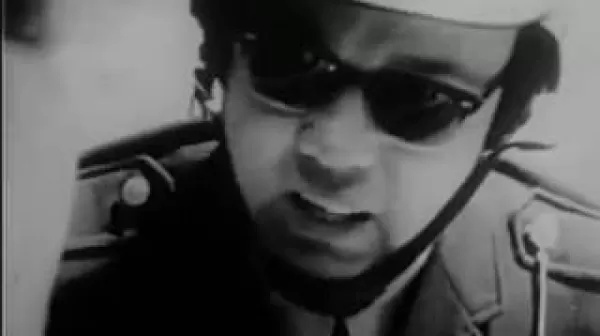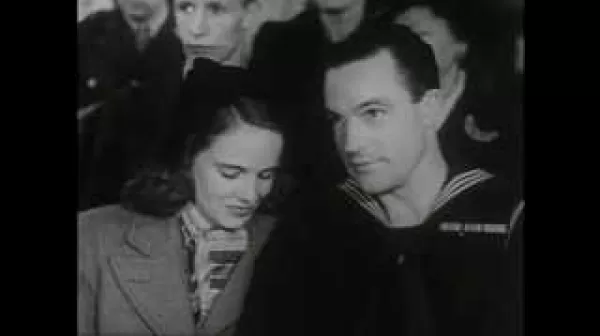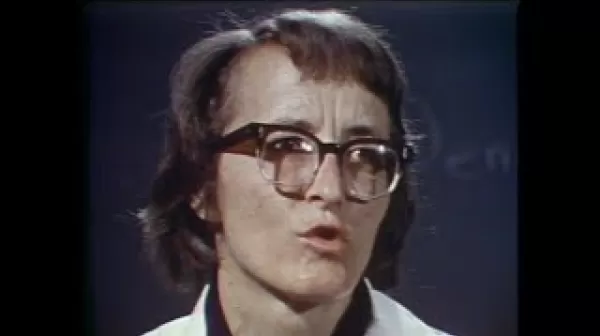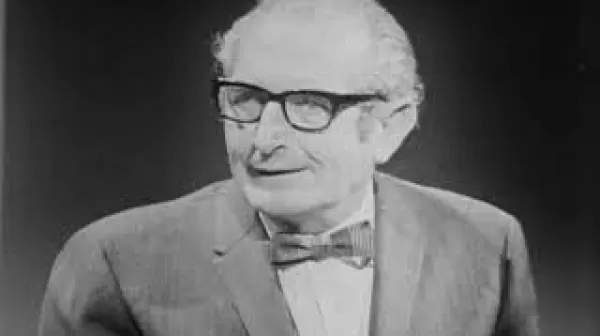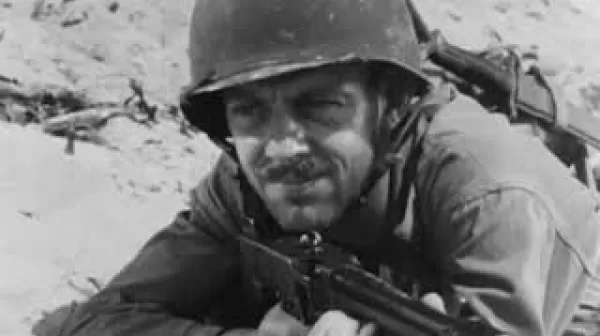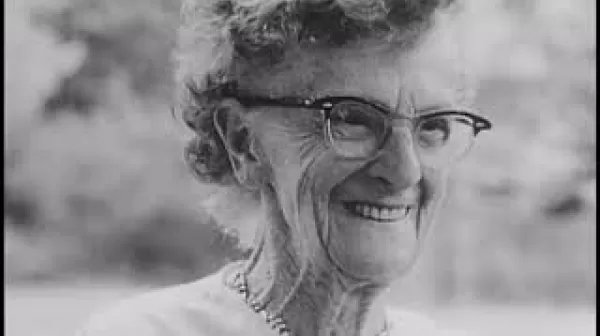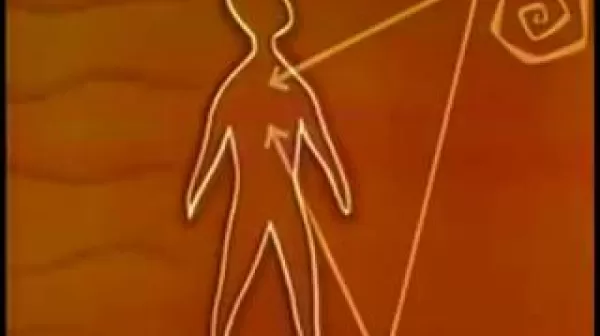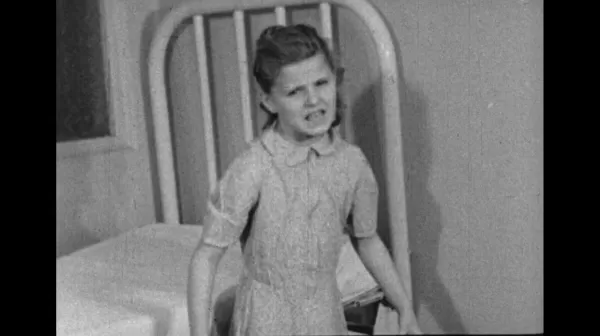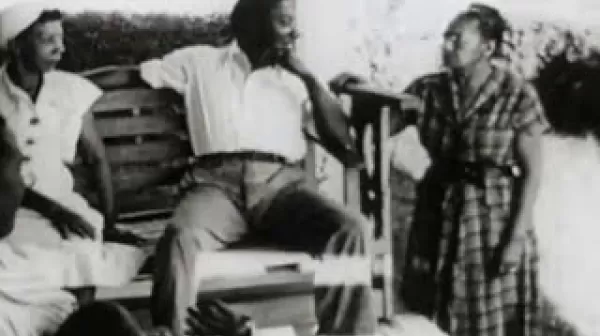Under Pressure (La. Association for Mental Health, 1963)
Shows the pressures under which members of a large city police department work daily, and stresses the importance of handling any situation that may occur during a policeman's regular patrol routine. This police training film was produced by The Louisiana Association for Mental Health and filmed in Cleveland, Ohio with assistance from the city’s police department. It tells the story of four policemen and the pressures they face in their work on a daily basis.

